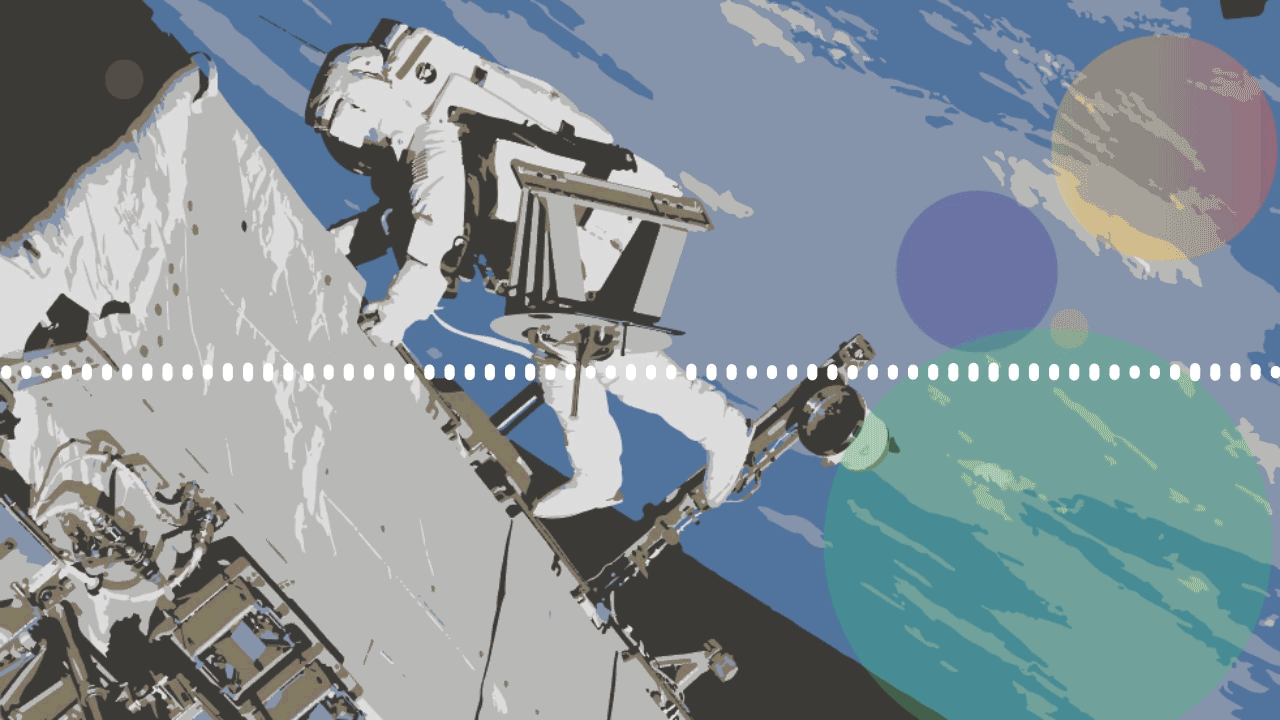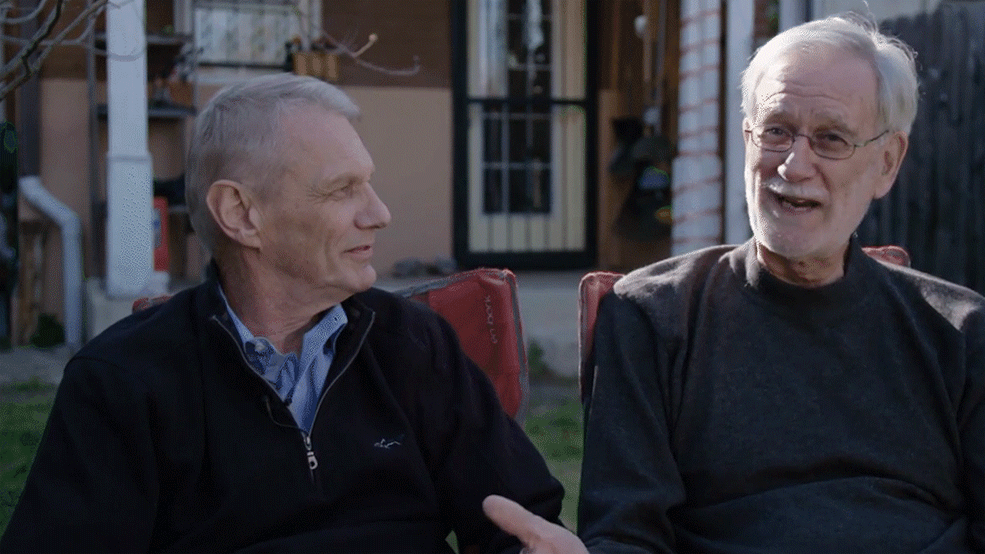Piers Sellers was an accomplished NASA astronaut and scientist. He walked in space six times and revolutionized our understanding of Earth’s climate. After battling pancreatic cancer, Piers passed away in 2016. He is dearly missed by the entire NASA community, and especially by his longtime best friend, fellow Earth scientist Compton Tucker.
For Compton Tucker, the edge of discovery is a place that abounds with friendship. That’s where he met Piers Sellers.
To Compton, Piers was a friend and partner in science. Over the course of 35 years, the two co-authored a dozen research papers and co-hosted well over several dozen dinner parties. They studied Earth and traveled it together. They were colleagues, roommates, next-door neighbors and best friends.
Listen as NASA Earth Scientist Compton Tucker shares the story of his friendship with fellow scientist and former astronaut, the late Piers Sellers. Credit: Produced by Katie Atkinson and Micheala Sosby at NASA’s Goddard Space Flight Center
- Download “A Story of Science and Friendship” (115 MB WAV) | Transcript
- Additional multimedia for this story from NASA Goddard’s Scientific Visualization Studio
Piers and Compton met in 1982 as budding scientists at NASA’s Goddard Space Flight Center in Greenbelt, Maryland. Both of them had a habit of over-promising — but never under-delivering — and so they got to know each other by staying late at the office to finish up projects.
Their research areas were complementary, which encouraged their collaboration, and each propelled the other’s line of scientific inquiry forward. While Piers developed the theory behind how Earth’s vegetation interacts with its atmosphere, Compton invented a way to measure that relationship on a global scale using satellites in space. Together, Piers and Compton gave us a more vivid portrait of plant life on Earth.
Their friendship stayed the course when Piers left Goddard in 1996 to become an astronaut. Compton made several trips to Houston, and Piers would occasionally return to the East Coast, staying in a spare bedroom in Compton’s house which, in Piers’ honor, he still fondly refers to as “The Astronaut Suite.” Compton sat with Piers’ family at all of his space shuttle launches and was a calming presence for Piers’ mother, who sometimes worried about her son’s spaceflight. Even when Piers was living aboard the International Space Station, Compton was never very far away.
“[Piers] took several mementos of mine into space for me,” Compton said. “He once took a Ry Cooder CD called ‘Talking Timbuktu,’ and then another time he took two of the medals I had won for scientific research into space.”
Compton and Piers were reunited 2011 when Piers retired from his astronaut career and became the director of the Earth Sciences Division at Goddard. Compton always admired Piers’ ability to keep the workplace productive and simultaneously full of humor. In an effort to maintain order and timeliness during each morning’s Earth science briefings, anyone whose update lasted longer than their apportioned 60 seconds would be subjected to a flurry of Piers’ foam Nerf darts.
After work, Compton and Piers loved socializing and meeting people from other cultures. When a “For Sale” sign cropped up next to Compton’s house in Washington, D.C., Piers acted quickly and signed his name to the property. This proximity greatly facilitated their ability to host spectacular dinner parties, with friends and family flowing freely between the two adjoining homes. Compton and Piers especially enjoyed hosting these gatherings as a way to extend American hospitality to their international colleagues from the Japan Aerospace Exploration Agency, ESA (European Space Agency), the Indian Space Research Organization and the Canadian Space Agency.
After Piers learned of his terminal illness, he remained deeply committed to bringing people together and advancing Earth science. He continued on with his research and was optimistic about humanity’s ability to address the challenges of climate change. At NASA Goddard, the Piers J. Sellers Data Visualization Theater stands as a tribute to his unrelenting curiosity about how Earth’s systems work.
“All of us in Earth science at Goddard miss Piers Sellers deeply,” Compton said. “Whenever I think of Piers, I’m encouraged to do my best, to be more tolerant, to practice kindness and wit.”
These days, Compton keeps Piers close by with small acts of remembrance. Sewn on his backpack are three patches commemorating Piers’ spaceflights. At his desk, a photo of Piers is always prominently on display. When Compton tells stories about his dear friend, he smiles warmly and laughs contagiously, filling the room with so much life that even those who never met Piers Sellers can get to know him.
Related:
By Katie Atkinson and Micheala Sosby
NASA’s Goddard Space Flight Center, Greenbelt, Md.




























